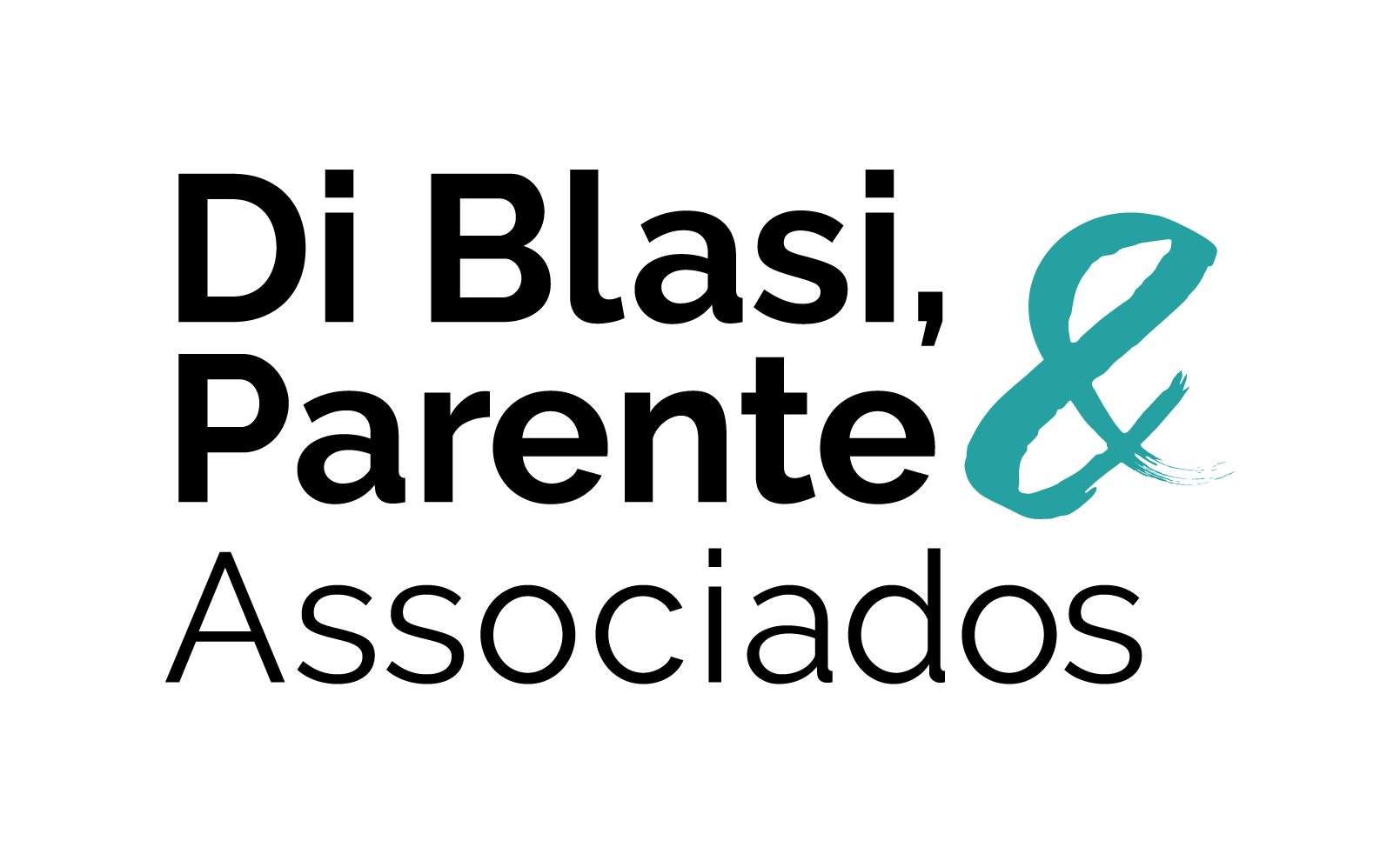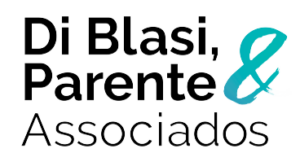On August 18, 2025, the BPTO announced the opening of a Public Consultation regarding the Examination Guidelines for Patent Applications related to Artificial Intelligence (AI). The objective is to establish clear criteria to define what can or cannot be considered patentable in this field.
In the text of the Public Consultation, based on INPI/DIRPA Ordinance No. 16/2024 – Examination Guidelines (Blocks I and II), creations involving AI can be classified into three main categories:
- AI models and techniques: specific development of models, methods or techniques of Artificial Intelligence;
- AI-based inventions: those in which AI is an essential part of the proposed solution to solve a technical problem;
- AI-assisted inventions: cases in which AI acts only as an auxiliary tool used by a natural person, not composing the technical solution of the invention.
The text makes it clear that inventions generated in a fully autonomous way by AI, without human intervention, cannot be the object of a patent, according to Art. 6 of the Industrial Property Law (IPL), since authorship must be attributed to a natural person.
Regarding AI-assisted inventions, it is established that the use of the tool does not affect the analysis of patentability, since protection can only fall on the technical solution developed by the human inventor, not on the use of AI itself.
The document also reinforces that, according to Art. 10 of the IPL, computer programs and source code are not patentable inventions. However, when they implement a technical solution that generates a concrete technical effect, they can be classified as computer-implemented inventions.
Additionally, databases and datasets used for training or validating AI systems are not patentable, as they are considered mere presentation of information. In such cases, protection is provided by copyright (Arts. 7 and 87 of Law No. 9,610/98).
Thus, AI-based inventions or models/techniques implemented in software must follow the same rules applicable to computer-implemented inventions.
In relation to mathematical methods, in the mentioned document, patentability is only recognized when such methods are applied to solve technical problems, generating concrete effects beyond the purely mathematical field. In this sense, models such as neural networks, genetic algorithms, support vector machines, regression methods, among others, when not applied to a specific technical field, are treated as mathematical methods and, therefore, excluded from protection (Art. 10, item I, of the IPL).
In addition, creations that involve AI but fall within matters excluded by Art. 10 of the IPL, such as commercial, financial, educational, advertising, diagnostic, therapeutic or surgical methods, remain non-patentable, even if they use AI techniques.
Another highlighted point is the need to pay attention to sufficiency of disclosure. Often, AI systems are treated as a “black box”, which makes it difficult to provide a detailed explanation of how the model reaches a given result. This limitation must be carefully considered in the drafting and examination of applications.
Finally, the BPTO informs that contributions to the public consultation may be submitted by October 17, 2025, through the BPTO Portal or the Participa + Brasil platform, using the specific form available on these channels.
For any additional information, please do not hesitate to contact our team.


